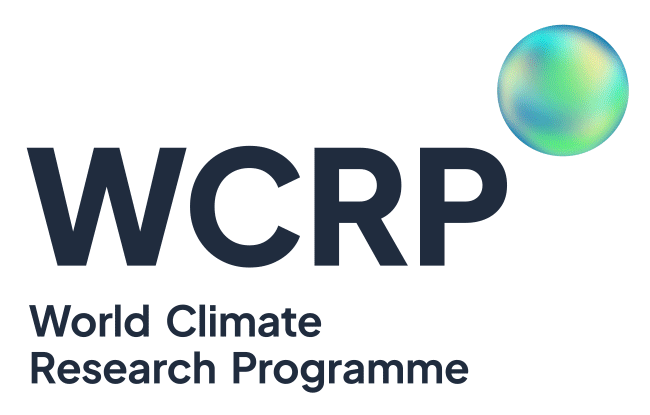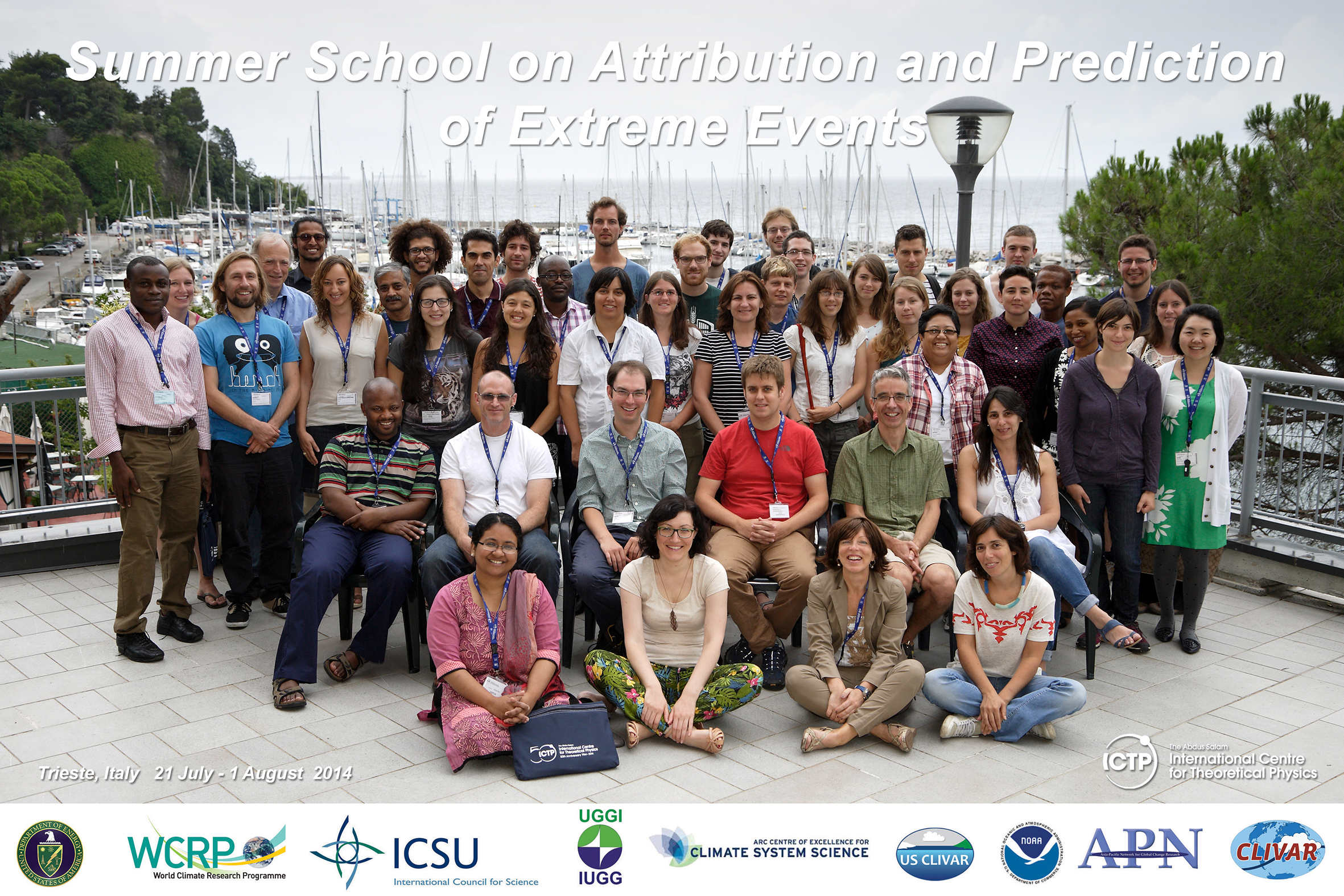6. Land surface drivers of droughts: The role of soil moisture persistence
Faculty: S. Seneviratne and R. Orth
Participants: E. Asare, M. Shongwe, K. Whan, M. Rahimi, J. Zscheischler
Soil moisture is an important quantity in the assessment and investigation of droughts. In this project the students will study the importance of initial soil moisture conditions versus subsequent meteorological forcing using an reverse-ESP (Ensemble Streamflow Prediction) approach proposed by Wood and Lettenmaier 2008. Furthermore they will investigate changes in drought occurrence probability caused by trends in the mean and variability of soil moisture, and related changes of the soil moisture-temperature coupling (Mueller and Seneviratne 2012). We will divide the students in two sub-groups to address these two topics. They will work with the R programming language and use a conceptual simple water balance model to infer soil moisture from meteorological information (Orth and Seneviratne 2014). We will focus on North America and compare the results with respective findings for Europe.
- Gilleland, E., B. G. Brown, and C. M. Ammann, 2013. Spatial extreme value analysis to project extremes of large-scale indicators for severe weather. Environmetrics, 24 (6), 418 - 432, DOI: 10.1002/env.2234. Available at: http://onlinelibrary.wiley.com/doi/10.1002/env.2234/abstract
- Mueller, B., and S.I. Seneviratne, 2012: Hot days induced by precipitation deficits at the global scale. Proceedings of the National Academy of Sciences, 109 (31), 12398-12403
- Orth, R., and S.I. Seneviratne, 2014: Using soil moisture forecasts for sub-seasonal summer temperature predictions in Europe. Climate Dynamics, in press
- Wood, A.W. and D.P. Lettenmaier, 2008: An ensemble approach for attribution of hydrologic prediction uncertainty. Geophys. Res. Lett., 35, L14401


